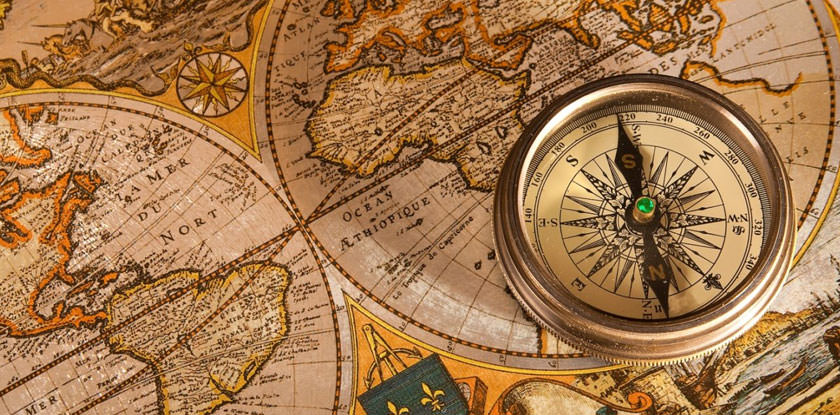The major turning point occurred just before the end of World War II when the Allies gathered in 1944 at Bretton Woods to outline the new post-war global financial structure. A historic handover was decided between the pound sterling and the US dollar as the reference currency in world trade. With this came the decision for the convertibility of the dollar into gold at a fixed price of $35 per ounce (Gold Standard). In general, the exchange rate system was practically based on fixed conversion rates between the dollar and other currencies within a small fluctuation band of 1%.
In the 1950s and 1960s, the fixed exchange rate system began to falter, due to the explosion of volumes in the new globalized era. In 1967, the pound sterling was devalued, and in 1969, the US dollar followed suit: in both cases, the central banks of the United Kingdom and the United States, respectively, failed to prevent the collapse of their currency on world markets. In 1971, US President Nixon opened a new era for financial markets and launched a more evolved form of Forex compared to what is known today. The era of the Gold Standard ended, and the era of flexible exchange rates began, although initially, the definition of precise oscillation bands was still opted for.
In 1973, however, the dollar/mark exchange rate lost 10% of its value, demonstrating how it was becoming increasingly difficult to control exchange rate fluctuations without taking into account what the market thought. In 1978, the European Monetary System (EMS) was born, and with it, the Exchange Rate Mechanism (ERM) for stabilizing currencies against the ECU, practically the ancestor of the euro. In 1992, there was a strong devaluation of the pound sterling and the lira, forcing Great Britain and Italy to leave the EMS.
The devaluation of the two currencies, orchestrated by large hedge funds – now masters of the global financial scene – soon led to the failure of the ERM and the realization of letting exchange rates float without restrictions. Meanwhile, in 1992, the European Monetary Union (EMU) was born, and in 1999, the euro followed. The creation of the European Central Bank (ECB) ensures that the member countries of the EMU adopt a common monetary policy, leaving the individual countries of the Union the possibility to manage their own economies with distinct fiscal policies.




